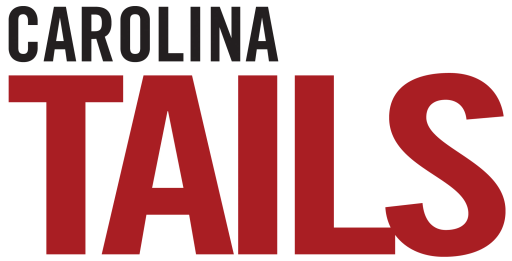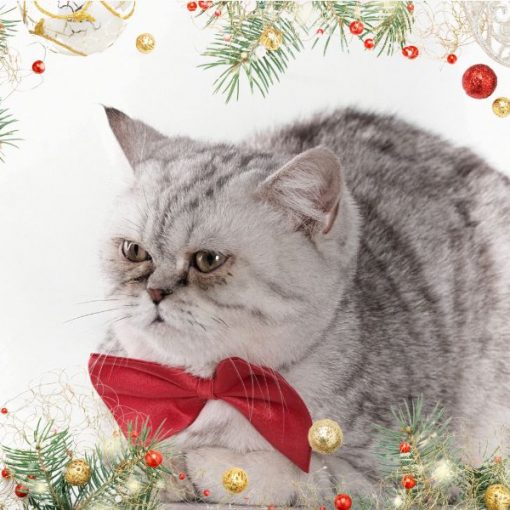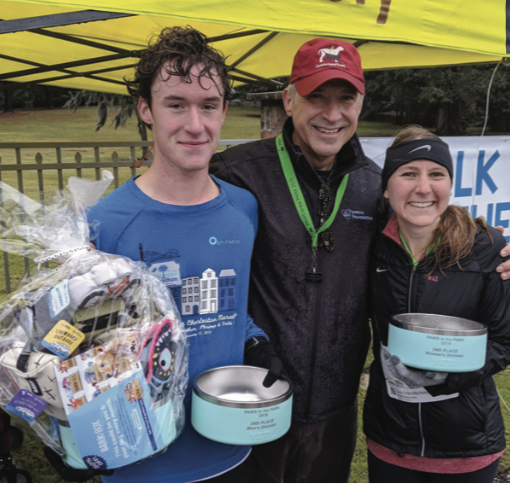Your plant choice could help save bees and butterflies
By ANNA VECCHIONE, PH.D.
THE UNITED NATIONS RELEASED an alarming report in 2017, warning everyone that bees, butterflies and other pollinators are going extinct because of human impacts on the environment, including pesticides. Their extinction would take an enormous toll on the food supply around the world.
So how do we fight back and help save these creatures before it’s too late?
There is something all of us can do – especially as we plan our home gardens. Urban wildflower strips can attract bees, hummingbirds, and different kinds of butterflies, including swallowtails and monarchs. Farmers and citizens, in general, can help pollinator communities by creating wildflower areas with native plants and abstaining from the use of pesticides.
In Charleston, several initiatives have been implemented to help pollinators. The Hampton Park staff in Charleston County, who tend a variety of flower beds with native plants, are adamant about not using pesticides.
The Johns Island library staff has created a small pollinator and bird haven in the library’s backyard; their flower strip is mainly composed of native plants.
Community organizations, such as Butterfly Conservation in Charleston, are creating pollinator feeding stations by connecting individuals who share the same passion for conservation.
When advocating and providing for pollinators, it is essential to take the right steps, educate ourselves and follow the advice of scientists that have been conducting research in the field of pollinators for years.
The Power and Dangers of Milkweed
One way to attract key pollinators is to create flower strips in which native milkweeds are included. Milkweeds (Asclepias sps.) and close relatives are plants upon which monarch caterpillars feed.
One concern with milkweed is that it is toxic to dogs and cats. So be sure to keep your pets away from this part of your garden!
Experts also suggest, when preparing beds for the winter, that all milkweed plants should be cut back to reduce the risk of Ophryocystis elektroscirrha (OE), which is a protozoan parasite that infects butterflies. The cutting removes contaminated shoots and leaves.
Also, cutting back milkweed in the winter will stop female monarchs from laying eggs out of season. Female monarchs should retain eggs and stored sperm until spring when native milkweeds begin to sprout new growth.
Non-native tropical milkweed is the only milkweed that often continues to grow into late fall and through winter. Native milkweeds are perennial plants, and their foliage is rapidly declining by mid- November.
Mail-Order Butterflies
Sometimes citizens order caterpillars or butterflies by mail for educational purposes. They then release these creatures into the environment.
Local researchers are very concerned about the rearing, introduction, and release of any butterflies that are not known to be descendants of local populations.
Billy McCord, an expert from the South Carolina Department of Natural Resources, has noted that these practices can introduce unfit genotypes and adults outside of the natural local timing for adult broods, and may introduce parasites and diseases, such as OE. McCord also stated that it is crucial we understand the importance of using native milkweed – and not milkweed from other parts of the world.
Let’s do the right thing; let’s educate ourselves and follow the advice of experts for better conservation of Carolina pollinators.
Anna Vecchione, Ph.D., does research in immunology, marine biology and zoology. Through the community outreach activities of Sea Life Conservation and Arts, she raises awareness about preserving our natural resources.





